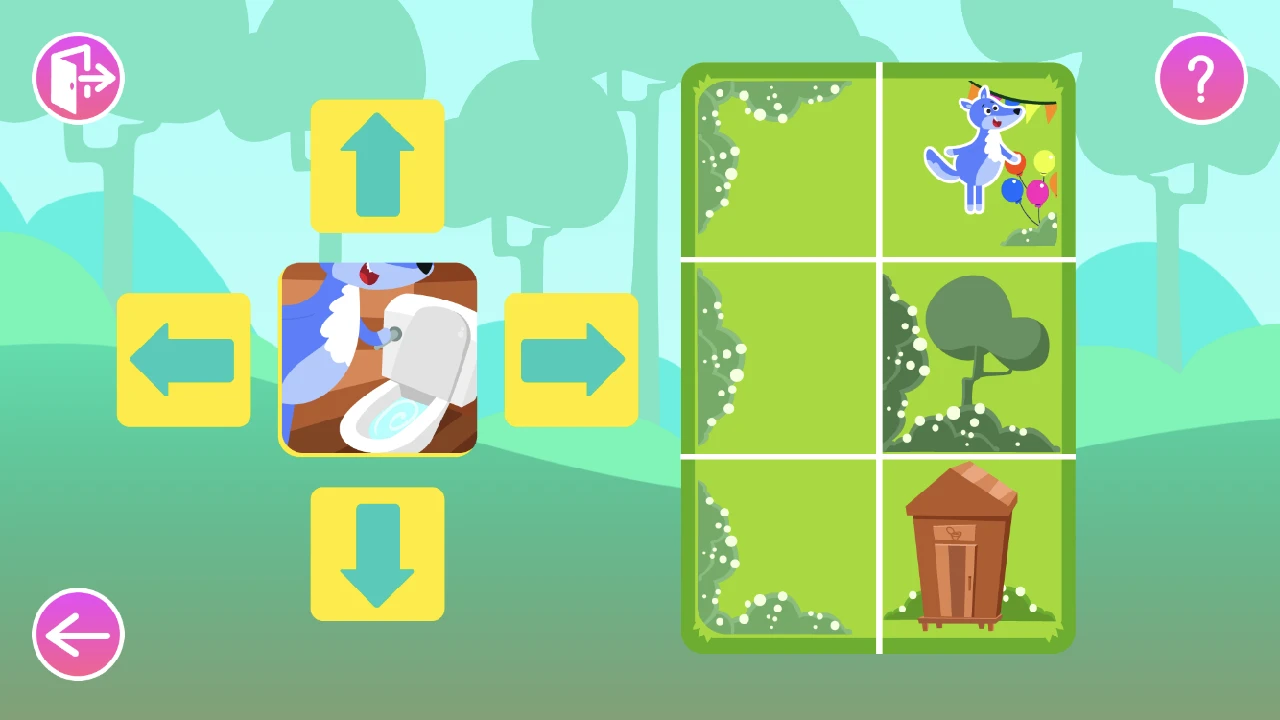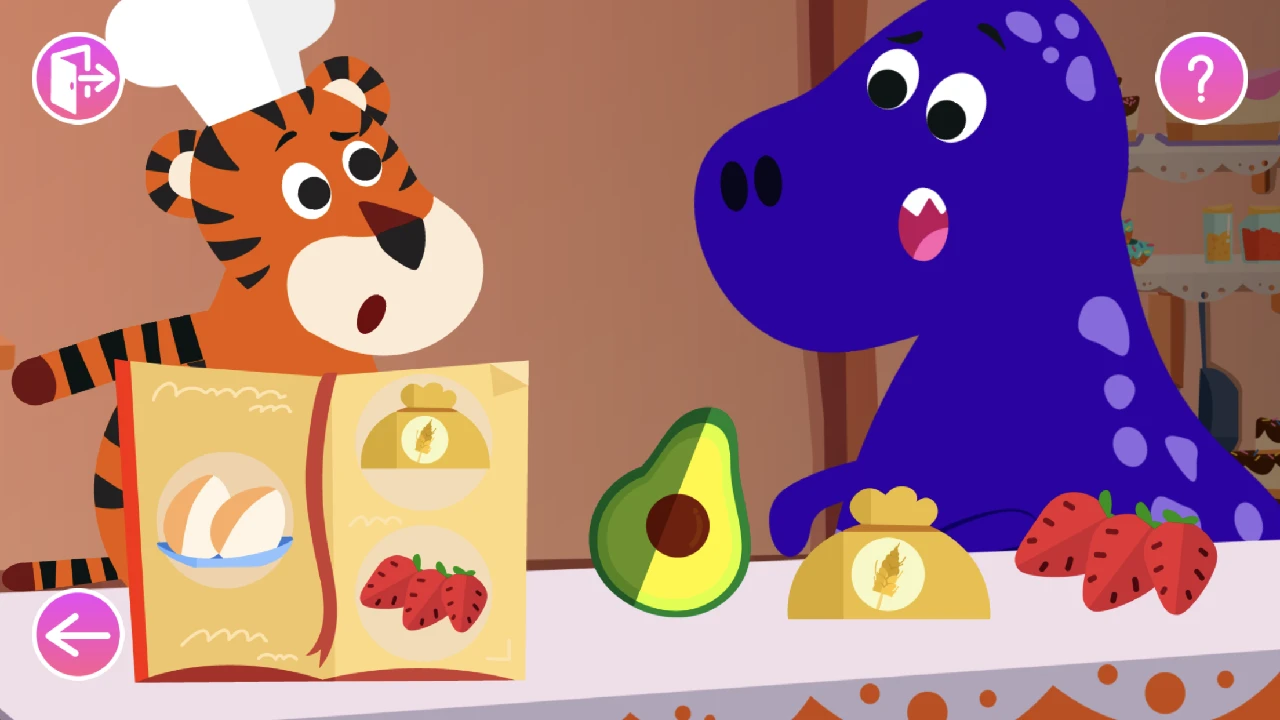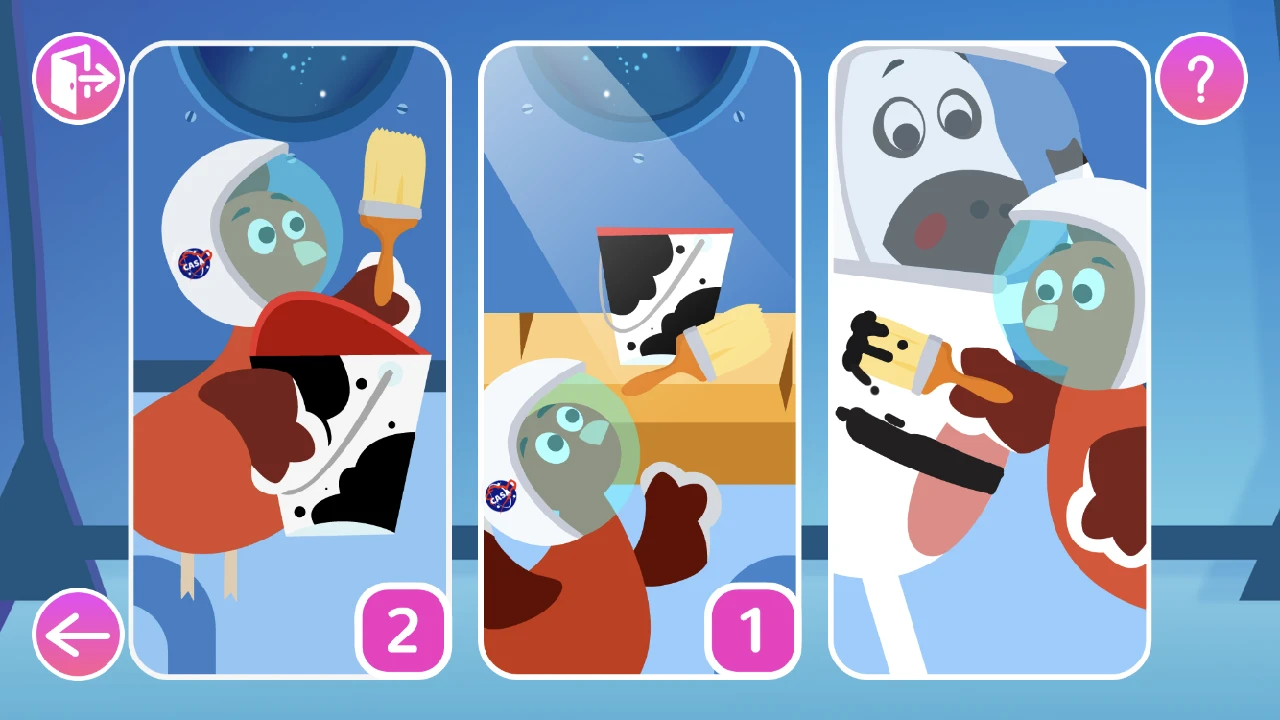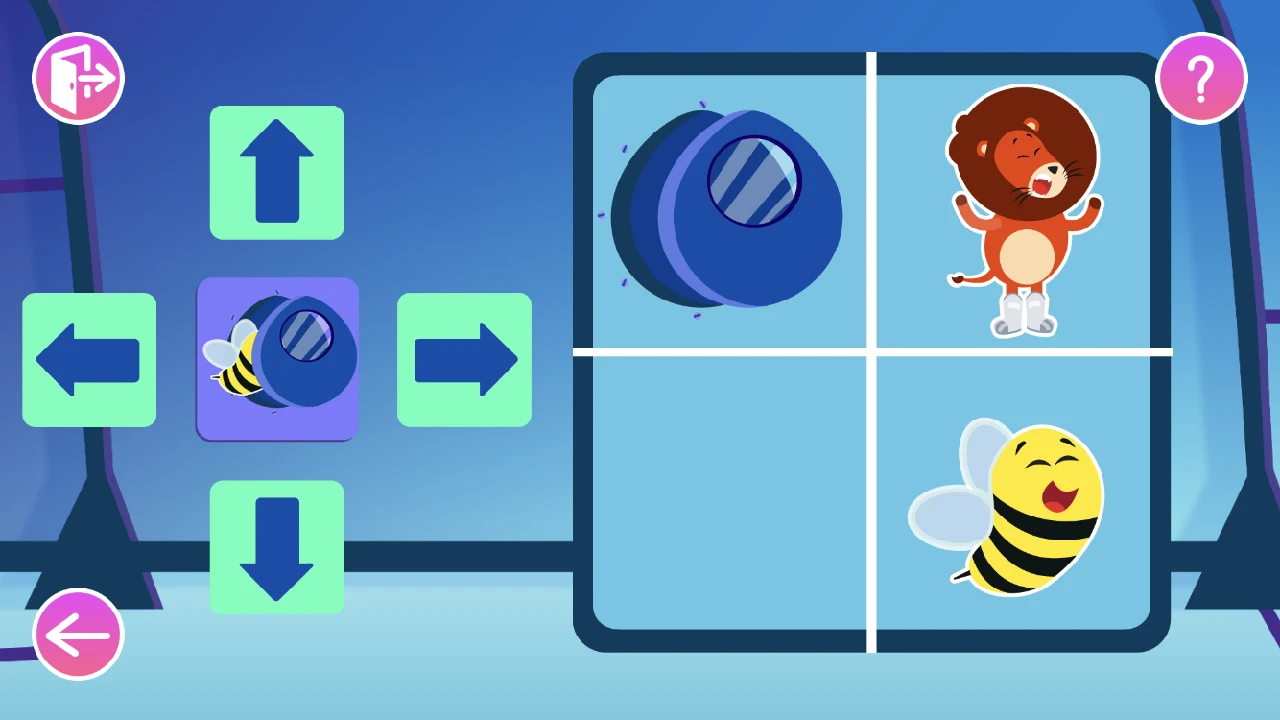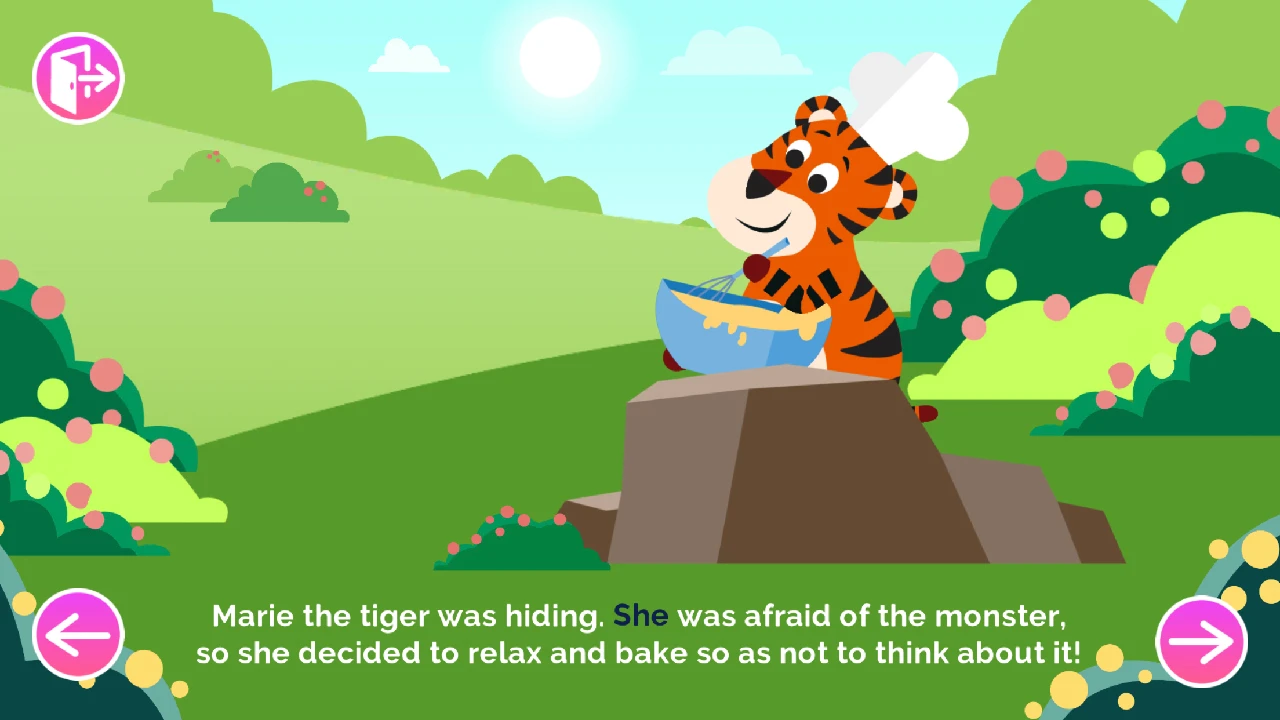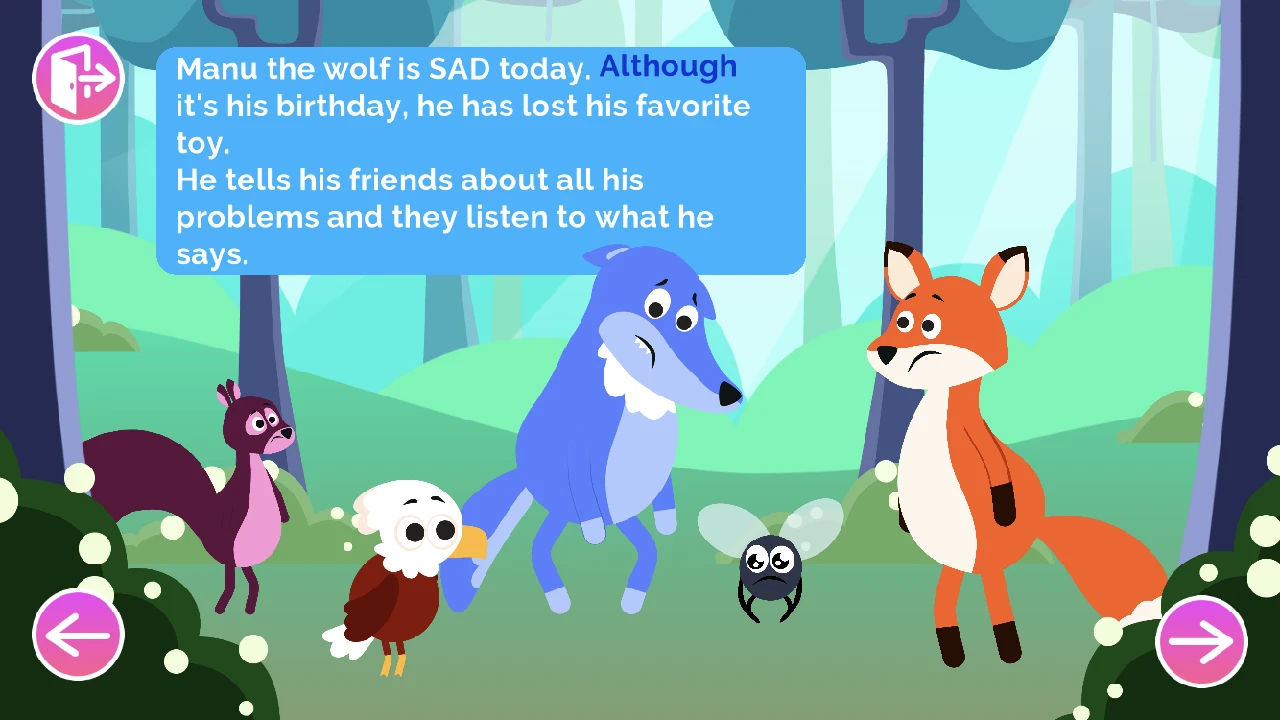Imagine being able to sense where your body parts are without having to look. That’s proprioception – a crucial sensory system that gives children and adults a clear perception of their body in space. This system, often unnoticed but highly significant, helps us navigate the world and perform actions such as catching a ball or tying shoelaces. When this system is not functioning correctly, tasks like handwriting, dressing, and even walking can become challenging. Children with proprioceptive dysfunction may appear clumsy, have difficulty navigating new environments, or struggle with motor tasks. As with other skills, proprioception can be developed and improved over time, especially during the critical early years. Understanding the importance of proprioception, recognizing signs of dysfunction, and adopting simple exercises and activities can help foster this sensory system in children, enhancing their physical abilities and spatial awareness.
Proprioception, often described as the ‘sixth sense’, provides information about our body’s position and movements without the need for visual confirmation. Special receptors in our muscles and joints, known as proprioceptors, relay this information to our brain, allowing us to move accurately and confidently. For children aged 3 to 6, proprioceptive development plays a pivotal role in honing their motor skills, spatial understanding, and overall physical coordination. A child with a well-developed proprioceptive sense can effectively participate in play and learning activities, move with appropriate force, and adjust to changes in their physical environment. Conversely, children with proprioceptive dysfunction may struggle with these tasks, seeming awkward or uncoordinated. By recognizing the signs of dysfunction – such as difficulty judging distances, frequently bumping into objects, or having trouble with tasks requiring fine motor skills – parents and educators can provide targeted support to improve proprioception in early childhood.
Promoting proprioceptive development doesn’t require specialist equipment or formal training. Here are some effective activities that can increase proprioceptive awareness in children aged 3 to 6:
Remember, each child is unique, and what works for one may not work for another. Always ensure the activities are age-appropriate and safe.
Recognizing the need for proprioception development in children can prompt educators and parents to adopt appropriate strategies. Teaching children about proprioception can be an engaging journey with the help of the Smart Tales platform. Its comprehensive collection of games, stories, and educational cards focuses on stimulating sensory systems, including proprioception, in an enjoyable and age-appropriate manner.
Within the captivating world of Smart Tales, you’ll find stories that subtly introduce the concept of proprioception to children. These narratives, brought to life by colorful characters and interactive scenarios, can encourage kids to develop their understanding of body awareness in a fun and engaging way.
Smart Tales offers a variety of games that focus on proprioception. These interactive games are designed to make learning about body awareness enjoyable. Kids can join the delightful characters in adventures that stimulate their proprioceptive sense, fostering their physical skills and spatial awareness.
The educational worksheets available on Smart Tales are carefully designed to help kids explore proprioception in a creative and stimulating way. These printable resources provide engaging activities that foster proprioceptive awareness, allowing children to learn at their own pace while reinforcing their understanding of their body’s place in space.
Proprioception, an essential but often overlooked sensory system, plays a vital role in a child’s development. Recognizing signs of dysfunction and incorporating proprioception-enhancing activities into a child’s routine can improve their physical coordination and spatial awareness. With resources such as stories, games, and educational worksheets from Smart Tales, parents and educators can effectively support proprioception development in children, providing them with a strong foundation for future physical learning.




